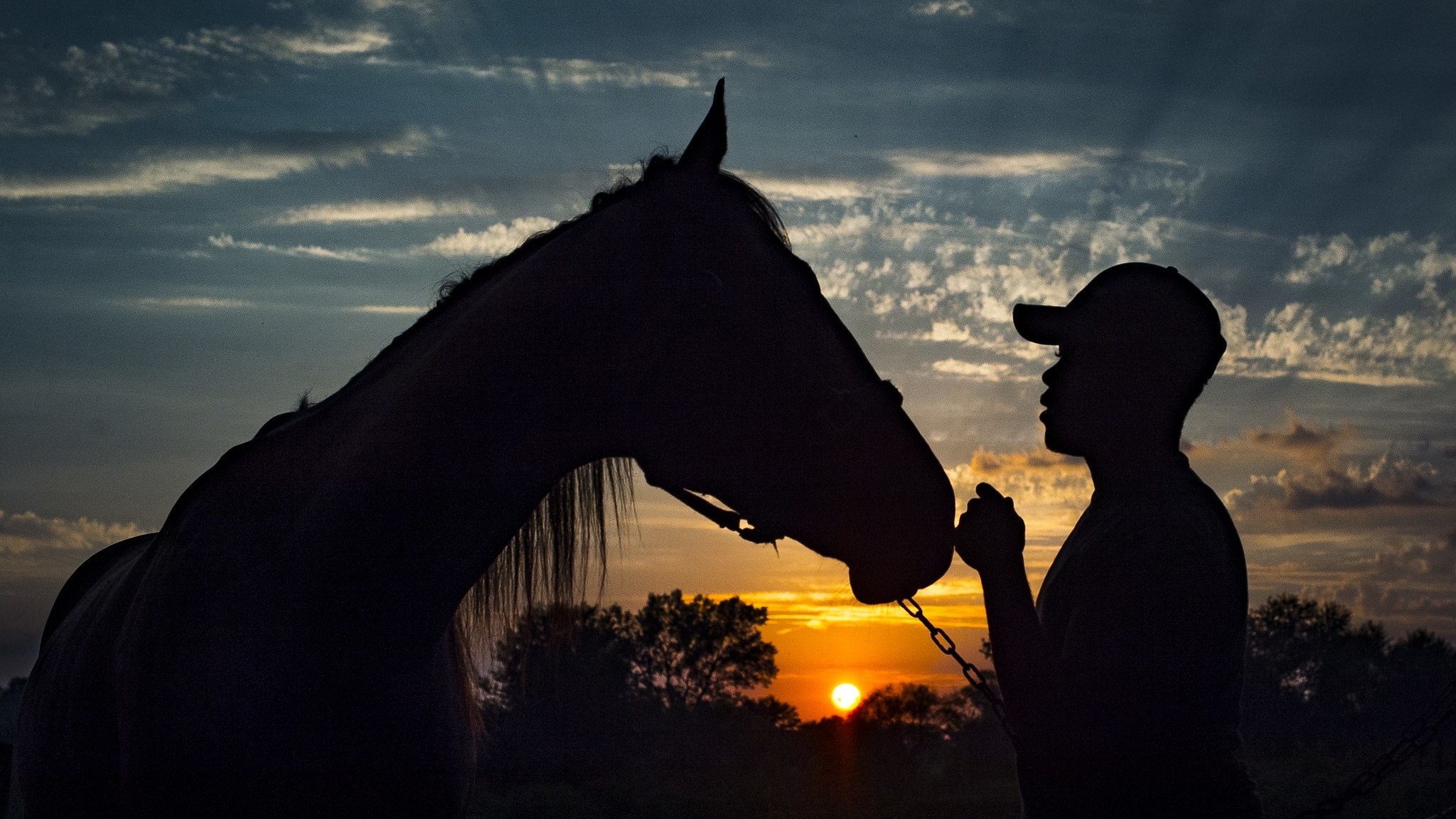Vector-Borne Equine Encephalitides

Equine encephalitis viruses—Eastern, Western, and Venezuelan equine encephalitis (EEE, WEE, VEE) and West Nile virus (WNV)—are spread by infected mosquitos and can cause severe brain inflammation in equids (such as horses and donkeys) and people. These viruses are widespread in birds and rodents, making them reservoirs for disease. Unvaccinated horses are particularly susceptible.
EEE is commonly found in the Eastern United States and Canada, although cases have been identified further west in recent years. WEE has not been detected in the United States since the late 1990s. VEE is found in Central and South America and occasionally in Mexico. The last outbreak in the United States was in 1971. WNV was introduced into the United States in 1999 and is now widespread in certain parts of the country.
Eastern, Western, and Venezuelan equine encephalitis viruses often affect the nervous system. Clinical signs can be non-specific. Look for:
- Fever
- Severe depression, known as “sleeping sickness”
- Behavior changes
- Impaired vision
- Circling or head pressing
- Muscle twitches
- Inability to swallow
- Paralysis
- Convulsions
- Death
Signs of West Nile virus infection vary and can include:
- Fever
- Incoordination
- Hind-end weakness
- Depression
- Anorexia
- Muscle tremors
- Teeth grinding
- Inability to swallow
- Head pressing
- Excessive sweating
- Behavior changes
- Down and unable to rise
To help prevent this disease from spreading, here's what you can do:
- Vaccinate your horses every year, more frequently in high-risk areas. Vaccination, repeated at least annually, effectively prevents disease. Ask your veterinarian about boosters if your horses live in or are traveling to an area with year-round mosquito populations or an area that has previously reported cases of Eastern or Western equine encephalitis. Vaccination for Venezuelan equine encephalitis may be necessary for horses in higher-risk areas, such as near the Mexican border. Consult with your veterinarian to make risk-based decisions.
- Reduce your horse’s exposure to mosquitoes. Eliminate standing water on your property and place fans inside where horses rest. Limit outdoor activities at dawn and dusk and use equine-approved mosquito repellent.
- Report dead wild birds, especially crows, jays, magpies, and ravens, to your local health department.
Report Signs of Animal Disease
Producers or owners who suspect an animal disease should contact their veterinarian to evaluate the animal or herd. Find an accredited veterinarian.
Animal health professionals (veterinarians; diagnostic laboratories; public health, zoo, or wildlife personnel; and others) report diagnosed or suspected cases of nationally listed reportable animal diseases to APHIS Area Veterinarians in Charge and to the State animal health official as applicable under State reporting regulations.
Controlling Equine Encephalitis
- Core Vaccination Guidelines Eastern Western (American Association of Equine Practitioners)
- AAEP Core Vaccination Guidelines West Nile Virus (American Association of Equine Practitioners)
Historically, APHIS prepared an annual summary of equine encephalitis cases by State and county, which are available below. Since 2020, equine encephalitis cases are now reported through the interactive Equine Arborvirus Dashboard.
Eastern, Western, and Venezuelan Equine Encephalitis
- 2020 Summary of Eastern Equine Encephalitis Cases in the United States
- 2019 Summary of Eastern Equine Encephalitis Cases in the United States
- 2018 Summary of Eastern Equine Encephalitis Cases in the United States
- 2017 Summary of Eastern Equine Encephalitis Cases in the United States
- 2016 Summary of Eastern Equine Encephalitis Cases in the United States
West Nile Virus
- 2020 Summary of Equine West Nile Virus Cases in the United States
- 2019 Summary of Equine West Nile Virus Cases in the United States
- 2018 Summary of Equine West Nile Virus Cases in the United States
- 2017 Summary of Equine West Nile Virus Cases in the United States
- 2016 Summary of Equine West Nile Virus Cases in the United States
To request copies of previous years' reports, send an email to aphisweb@usda.gov.
Fast Facts: Equine Encephalitis (The Center for Food Security and Public Health)

